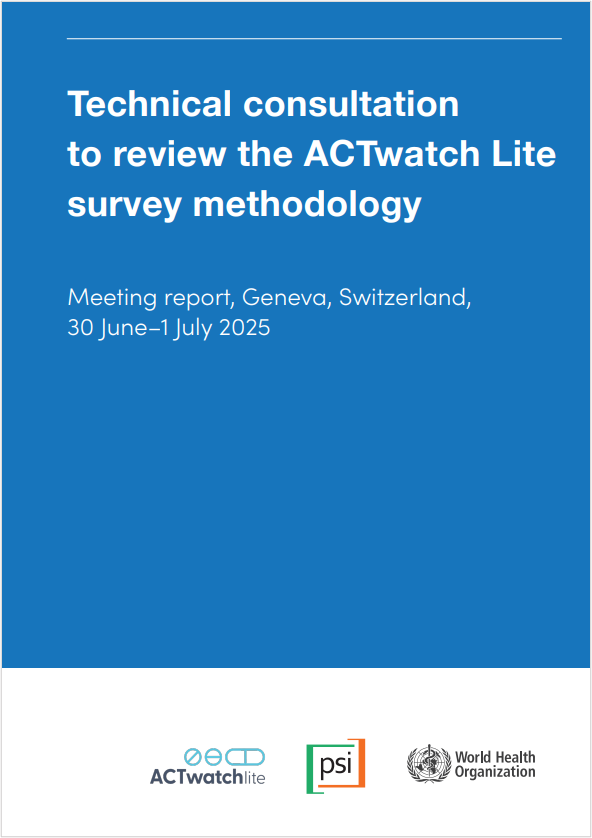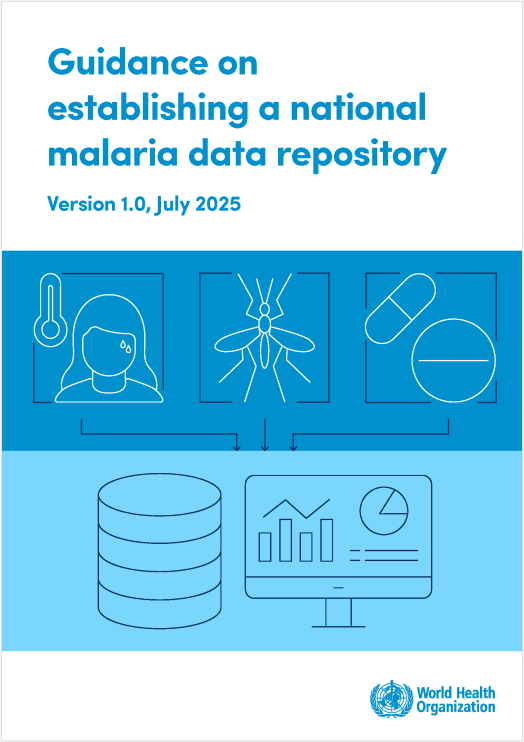Last Updated: 27/05/2025
From bench to bednet: Developing novel mitochondrial inhibitors for killing Plasmodium in the malaria mosquito
Objectives
This proposal sets to build on the structural backbone of the compounds, ELQ-453 (Qo) and ELQ-613 (Qi) and use an iterative medicinal chemistry approach to optimize both potency against mosquito stages of parasite development and efficiency of tarsal uptake. Furthermore, the activity of compounds will be determined after impregnation in bed net-like polymer fiber textiles that will allow testing for durability, photostability, wash-resistance and other parameters essential for the development of an antimalarial-coated bed net product destined for use in malaria- endemic areas.
Malaria transmission occurs through the bite of Plasmodium-infected mosquitoes of the genus Anopheles, and in much of sub-Saharan Africa, transmission of the deadliest Plasmodium falciparum parasites is mediated by the sibling mosquito species Anopheles gambiae and An. coluzzii. The best method available to prevent malaria infection is through long-lasting insecticide impregnated mosquito bed nets (LLINs). Distribution of LLINs has had a massive impact on the number of malaria cases, particularly in sub-Saharan Africa, with epidemiological modelling predicting that between 2000 and 2015 LLINs were responsible for as much as 68% of the observed reduction in malaria cases in this period. As such, insecticide-based mosquito control represents the cornerstone of malaria prevention and elimination efforts. Inevitably, however, mass distribution of LLINs has driven widespread resistance to pyrethroid insecticides in Anopheles populations. This issue stresses the need for new tools to prevent malaria transmission. It was recently demonstrated that antimalarials applied to solid surfaces can kill the mosquito stages of P. falciparum parasites when Anopheles females absorb these compounds via their legs. From a preliminary in vivo efficacy screen, we have identified two structurally similar endoquine-like quinolone (ELQ) compounds that very efficiently target different sites (Qo and Qi, which importantly do not induce cross-resistance) on the P. falciparum cytochrome bc1 complex. These compounds, ELQ-453 (Qo) and ELQ-613 (Qi), exhibit outstanding performance in our in vivo tarsal contact transmission blocking assay. Specifically this project will: Aim 1) Design ELQ compounds with increased anti-parasitic potency by varying their constituent 3-alkyl side chain and benzenoid substituents. It will also investigate the propensity of the best-performing compounds to select resistant parasite mutants, and will test transmissibility of these mutants to mosquitoes; Aim 2) Maximize tarsal availability and mosquito pharmacokinetics of these novel ELQ compounds by optimizing the design of their prodrug moiety; Aim 3) Develop and validate novel ELQ- impregnated textiles as a prototype for future bed net products incorporating both insecticide and antimalarial ingredients. To achieve these goals, there will be collaboration with leaders in the fields of ELQ medicinal chemistry (Mike Riscoe OHSU), and product development and testing (Mike Rubal, SwRI). At the end, this project will have generated and validated an innovative mosquito-targeting control tool to reduce malaria transmission and limit the impact of insecticide resistance.
Dec 2023 — Oct 2028
$697,104


